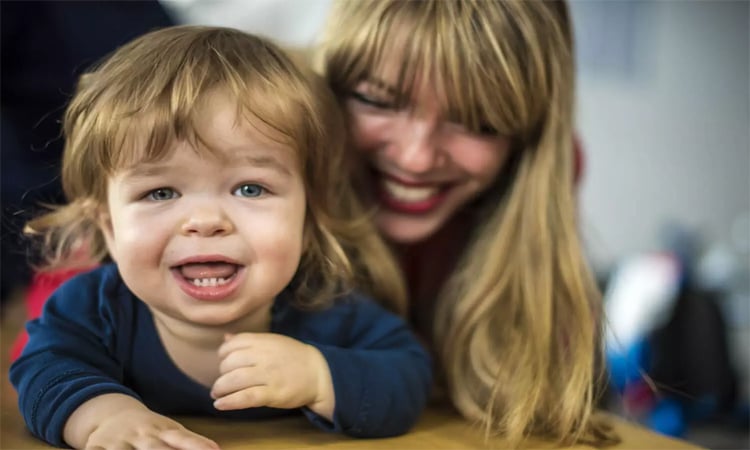News Flash
News Flash

DHAKA, May 18, 2025 (BSS) - Childhood is the most important phase of life. During this period, a child's physical and mental growth lays the foundation for his future. But in many children as physical growth does not occur normally, they face various physical, mental and social challenges. One of the main conditions is dwarfism.
Dwarfism is not mere a physical problem, rather it creates obstacles at every period of life. But this challenge can be overcome with proper treatment, awareness and the support of family and society.
Dwarfism is a physical condition in which a child's height and body structure do not grow normally by age. Usually, if the height is less than 4 feet 10 inches (147 centimeters) in adulthood, it is identified as dwarfism. It can be due to genetic defects, hormonal deficiencies or malnutrition.
The main causes of dwarfism are genetic defects, hormonal problems, malnutrition, birth defects and other physical problems. In most cases, dwarfism is caused by a hereditary condition known as achondroplasia that limits bone growth.
When body produces less growth hormone, child's physical growth is hindered. Lack of proper nutrition hinders the physical growth of the child. Some children are born with defects in the structure of the bones or brain, which affect their growth. Thyroid problems or chronic diseases also negatively affect the child's growth.
The symptoms of dwarfism are clearly seen in the child's physical structure and growth. Besides, height is less than normal, uneven structure of the body parts, relatively large head, problems with walking, defects in the structure of teeth and curvature of the spine.
Dwarfism hinders children in their daily activities. They get tired easily and have difficulty moving due to structural problems in the body. Dwarfism has a major impact on the child's self-confidence. They may suffer from inferiority complex due to ridicule, mockery and bullying in society. Sometimes depression and stress become a part of their lives. Due to physical limitations, they often lag behind in education and professional competition.
If the child's growth seems abnormal, a doctor should be consulted as soon as possible. Growth hormone therapy is effective for children whose dwarfism is caused by hormone deficiency. However, it needs to be done with regular monitoring.
Surgery is an effective method to correct bone structure defects. Physiotherapy is helpful in increasing physical strength and making walking easier. A psychologist or counselor can help boost the child's confidence. Proper nutrition helps improve the child's overall health.
Professor at the Department of Pediatric Endocrinology at Bangladesh Medical University Dr. Mohammad Abdul Haye said, "Dwarfism is mainly caused by genetic or hormonal reasons. However, timely treatment and family support can bring a big change in the child's life. We have to be aware to give every child a chance at a normal life".
Associate Professor at the National Children's Hospital Dr. Saima Ahmed said, "If a child has problem with growth retardation, the first thing to do is to visit expert. Early detection and necessary treatment help bring the child back to a normal life".
Family and society play the biggest role in the mental development of children. Love for the child and normal behavior strengthens him mentally. Misconceptions about dwarfism should be removed and they should be sympathetic. It is important to give them equal opportunities in education and work.
Despite physical limitations, many have reached the pinnacle of success with their talents. Peter Dinklage became famous worldwide for his role in the series 'Game of Thrones'. Many have also overcome dwarfism and established themselves in various fields.
Dwarfism is not a curse; it is a physical condition that can be easily dealt with proper treatment, family and social support. Our responsibility is to have an equal attitude towards them and create an inclusive environment for them. Despite physical limitations, these children can make extraordinary contributions to society with their talents.